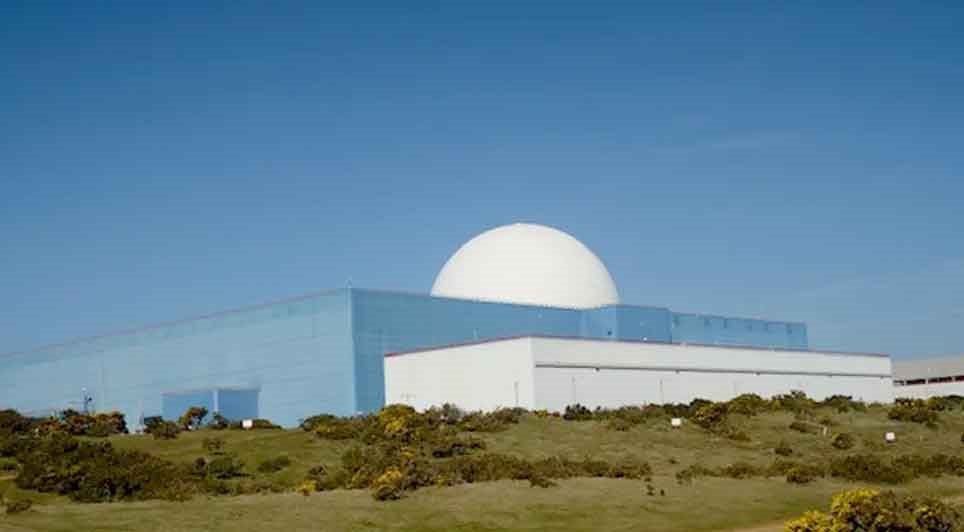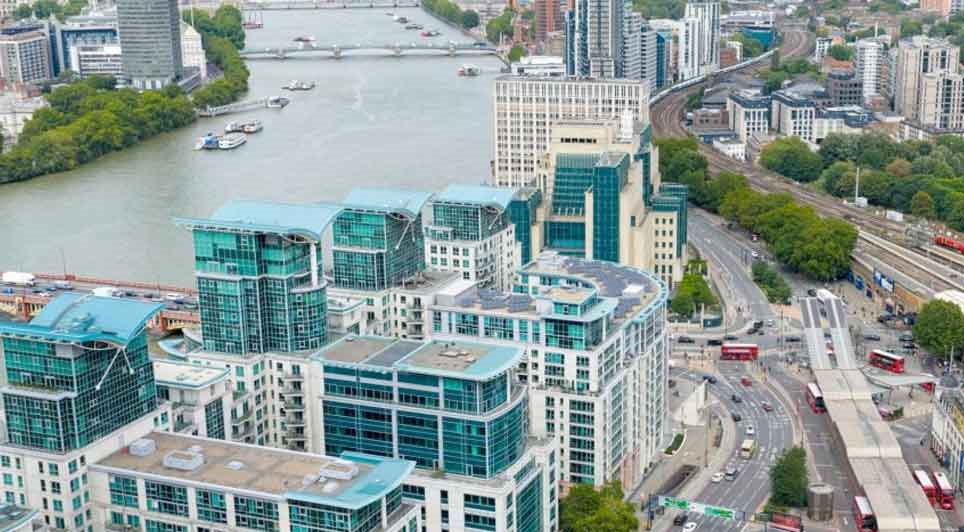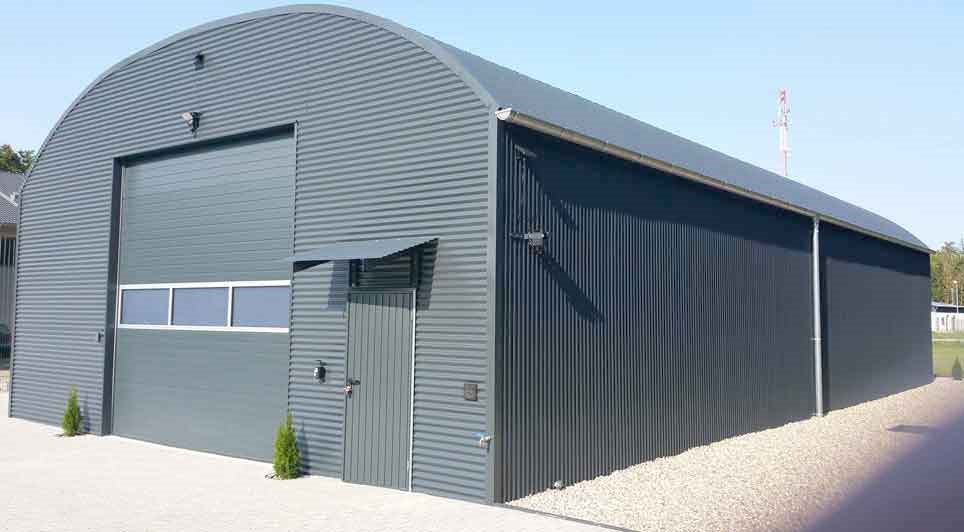The Pontcysyllte Aqueduct and Canal in Wales – which is among the world's most renowned and spectacular achievements in aquatic engineering - has been put forward by Culture Secretary James Purnell as the UK's latest nomination for World Heritage Site status.
If successful, the 200-year-old aqueduct and canal will join the other 27 UK World Heritage Sites including Stonehenge, the Giant's Causeway and the old and new towns of Edinburgh.
UNESCO, which is responsible for the scheme, will now examine the proposal and make a final decision next year.
James Purnell said: "The Pontcysyllte Aqueduct is truly a masterpiece from the canal age in the UK. It is also a magnificent example of our living heritage, remaining one of the busiest stretches of canal in the UK, with some 15,000-boat crossings every year.
The Pontcysyllte Aqueduct is a major tourist attraction, carrying many narrow boats that are (mostly) hired by holidaymakers using the navigable aqueduct as part of the Llangollen Canal over the valley of the River Dee, between the villages of Trevor and Froncysyllte, Wrexham in northeast Wales.
Completed in 1805, it is both the longest and highest aqueduct in Britain, and is a Grade I Listed Building.
The aqueduct, built by Thomas Telford and William Jessop, is 1,007 feet long, 11 feet wide and 5 feet 3 inches deep. It consists of a cast iron trough supported 126 feet above the river by 19 hollow masonry piers (pillars). Each span is 53 feet wide.
The iron was supplied by William Hazeldine from his foundries at Shrewsbury and nearby Cefn Mawr. It was opened on 26 November 1805, having taken around 10 years to design and build at a total cost of £47,000.
The towpath is cantilevered over the trough, which is the full width of the aqueduct, so that narrowboats are able to move more freely through the water.
Walkers are protected by railings on the outside edge of the towpath, but the holes to fit railings on the other side of the aqueduct were never used.
As the edge of the trough is only about 6 inches above the water level, and therefore below the deck of a narrowboat, the boat steerer has nothing between them and the sheer drop.
Thomas Telford and William Jessop were also responsible for the Caledonian Canal in Scotland, which connects the Scottish east coast at Inverness with the west coast at Corpach near Fort William.
(JM/BMcC)
 UK
UK Ireland
Ireland Scotland
Scotland London
London





















